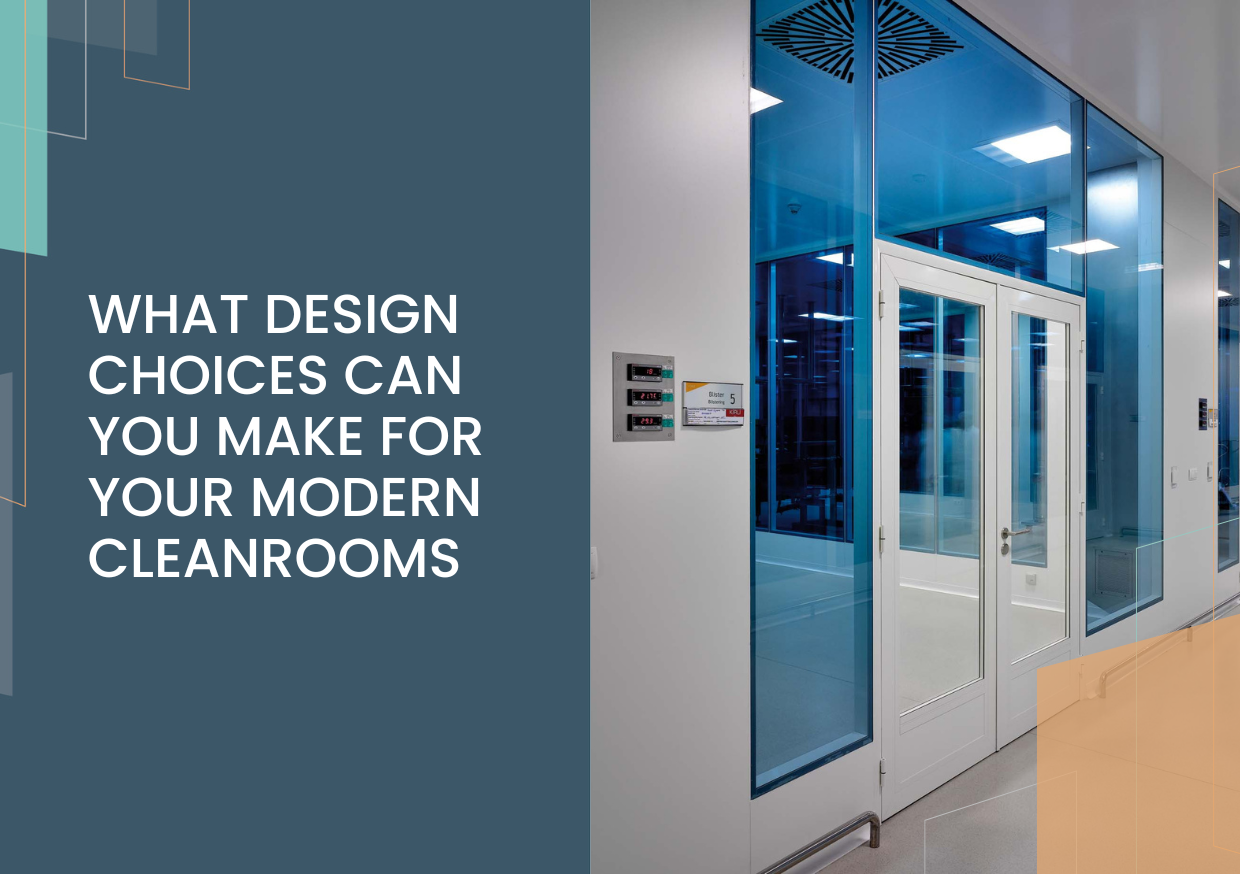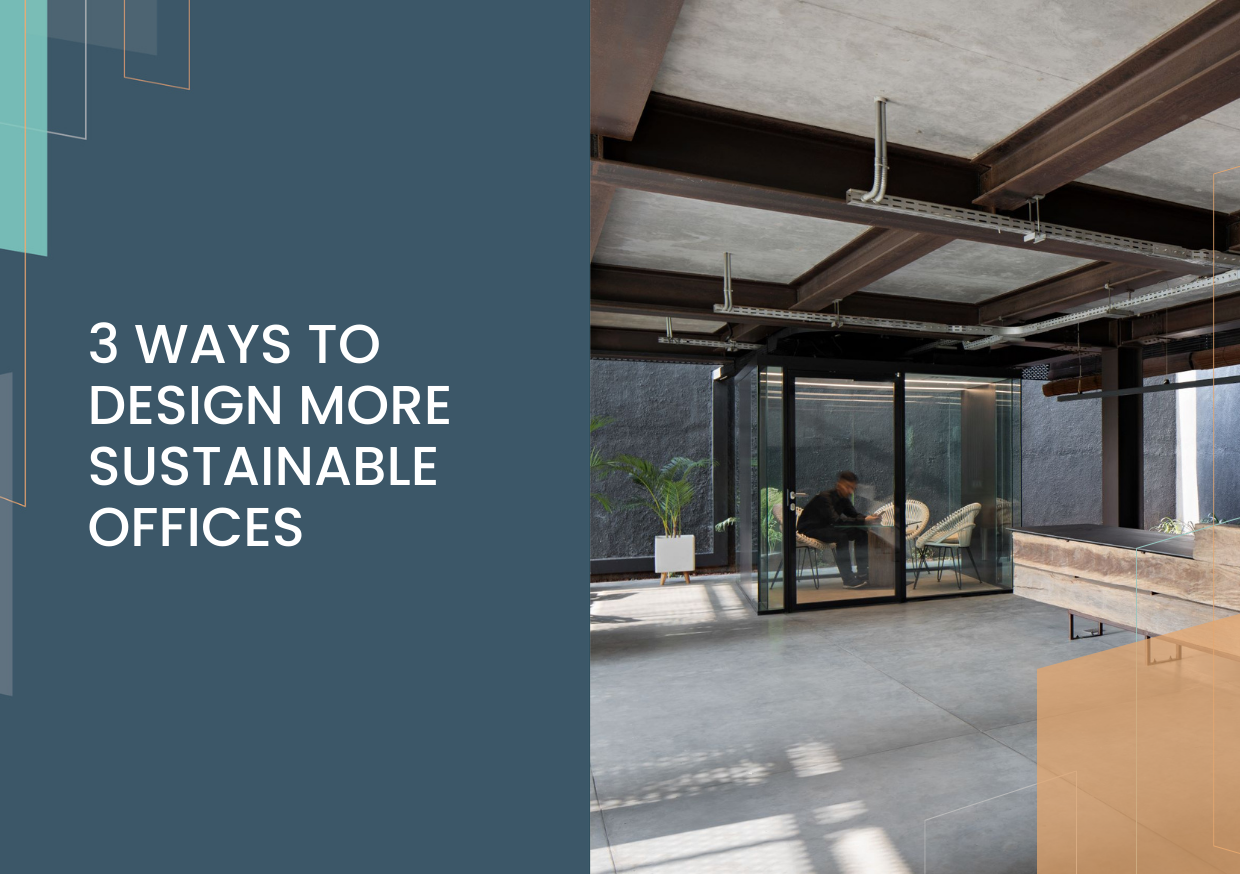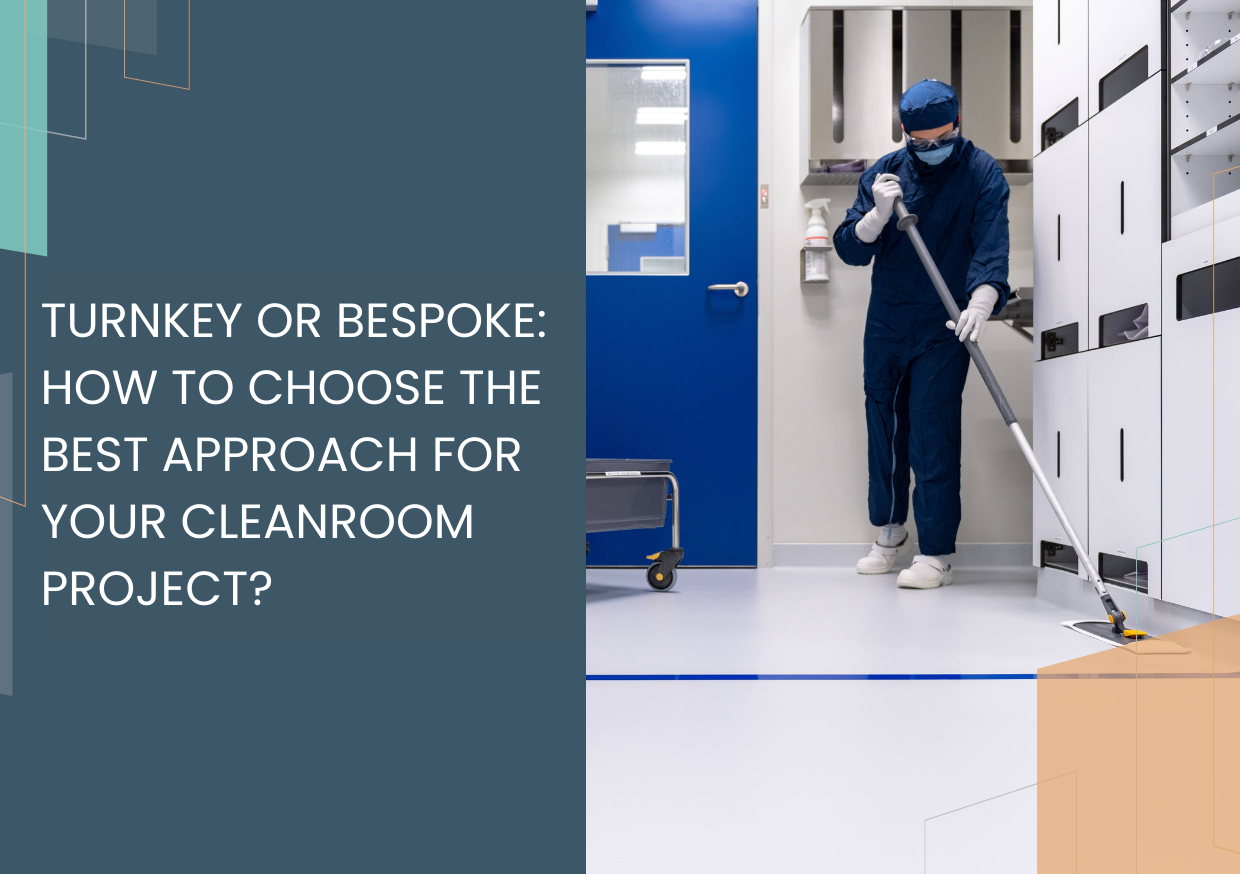Toward a Circular Economy: The Case for Modular Office Partitions
Whether you’re choosing your next vehicle fleet, a new catering supplier, or considering your new workspace interior fit-out, it’s becoming increasingly more common that corporate investments are driven by sustainability. In making the right choices during design and procurement phases, the decisions you make can greatly impact the long-term carbon footprint of your office.
These decisions matter. In 2020, the United Nations estimated that current construction and demolition waste accounted for 25% of global waste. Mountains of concrete, steel and glass waste end up in landfills from which little will be recycled or repurposed.
High material consumption also puts great stress on natural resources. In fact, 40 to 50% of the world’s virgin resources are extracted for construction purposes.

Overall, the share of carbon emissions linked to the construction sector amounts to a whopping 11% globally, according to 2020 data. This figure includes all emissions related to raw materials extraction, transformation, and construction processes themselves. As infrastructure needs keep growing, it is urgent for the construction sector to limit its environmental impact.
Out of all the innovations that have flourished in recent years to fight carbon emissions in the built environment, one seems particularly suitable to combine with the level of flexibility required in modern working environment: circular economy.
This blog is exploring the circular economy in more detail. Not only by explaining what the philosophy behind it is, but how this can specifically be applied to office interior fit-out or tertiary spaces in general.
What is the Circular Economy?
The circular economy is a ‘solution’ based framework that is aimed at helping tackle the issues the globe faces with carbon emissions and climate change. The term “Circular Economy” cannot be coined to a specific author, rather it derives from the work of various industrial and design school of thoughts such as cradle-to-cradle design and industrial ecology. Stepping away from the take-make-waste approach traditionally associated with the construction industry, the circular economy is an approach to design and manufacture that sees materials being used and reused with minimal waste.

The “Butterfly Diagram” from the Ellen Macarthur Foundation, a visual tool to understand the Circular Economy
That’s because, in a circular ecosystem, waste is considered a design flaw. With that in mind when you are designing under circular economy principles, you need to think about the product lifecycle as a closed loop rather than a linear process. A linear product lifecycle is indeed a sign that the product is manufactured under an extractive production model where resources are solely used for the purpose of creating the product and wasted as soon as it is disposed of.
The product’s lifecycle ends as soon as it is no longer needed. The resources used to manufacture are wasted in landfills and will count as a straight carbon output. Under a circular approach, products are designed to avoid landfilling and to re-enter the loop through reusing or repurposing. If none of these options are available, products are at least entirely recycled.

Reducing the disposal of products (and therefore the release of carbon into the environment) is key to the circular economy approach, with the philosophy relying on the circulation of products beyond their primary needs.
Like a glass bottle can be washed and reused, many office fit-out solutions should be reusable too. Office fit-outs are rarely built to last and often require refurbishing or revamping to suit the needs of occupants. As such, circular office fit-outs can significantly help reducing the embodied carbon of your project life cycle, putting your business at the forefront of sustainability.
The Circular Economy of Office Partitions
Using and reusing your office partitions as part of a circular cycle is going to cut the carbon levels involved in your project. As one of the main elements involved in an office fit-out, partitions are traditionally built using a combination of drywall, glass and aluminium profiles, assembled in such a fashion that none can be reused separately after refurbishment. Modular office partitions, on the other hand, are designed for disassembling and are thus suitable for circular economy applications.
If we consider the four stages of carbon in a construction project, focusing on reducing the amount used in the final three puts your business at the front of innovative green thinking.

The Embodied Carbon Framework published by the World Green Building Council
The first stage is upfront carbon emissions. This is an inevitable stage as all the elements composing your office fit-out will need manufacturing and thus emit carbon. This includes everything involved in the production and construction process, like the transportation of materials and products, the installation process, and the supply of raw materials.
The second stage, use stage embodied carbon, is the stage in which selecting modular office partition manufacturers can have a huge impact on the lifecycle carbon footprint of your facilities. Regular office refurbishments are usually associated with heavy waste generation as most of the premises are built to dispose with traditional construction methods. As a result, all discarded elements will need to be rebuilt to suit the needs of occupants, hence increasing the overall embodied carbon footprint of your office. Using Modular office partitions guarantees this part of your office fit-out will not be demolished needlessly and will be reinjected into your refurbished workspace.
At the ‘end of life’ stage, or when it’s time for the office partitions to be de-constructed and moved on, there are ways to continue to reduce carbon emissions, too. Consider things like proper waste disposal, greener forms of transportation or deconstruction instead on demolition.
Beyond this initial three stages is the ‘beyond lifecycle stage’ in which office partitions manufacturers continue to minimise carbon. This is achieved by reusing and recycling the products appropriately, feeding back into the circular economy and beginning the process again.

Stored partitions components waiting to be reused
Office Partitions & CSR
The circular economy is at the heart of everything Clestra do. By significantly reducing the amount of carbon at all stages of the process, your business shows it is contributing to the ongoing carbon crisis.
This approach, and by choosing more sustainable office partitions, communicates your corporate social responsibility, giving you an edge over your competitors in the market.
Beyond this, your company’s commitment to the environment and global social issues also helps you attract talent in whatever sector you work in. A recent study reported by HRNews found that 42% of young people said they like employers to discuss their green commitments and 68% preferred to work for a company doing something positive for the planet.
Selecting office partitions designed as part of the circular economy is the starting point. This decision helps position you against your competitors not only in an aesthetic and design standpoint, but a sustainability one, too.
The young generation demand action from corporations, so it’s important that Clestra helps you help yourself and your business.

Your Sustainable Office Partition Options
The circular economy is much more than a ‘tick box’ exercise or an empty gesture. It’s a genuine state of mind and one that helps your business as much as it helps the environment. When broken down into its simplest form it makes sense. Manufacture materials from recycled materials, install them with minimal disruption to the immediate environment, safely dismantle them when it’s time for a change, recycle, reuse, and start again.
This approach keeps embodied carbon at a minimum and ensures that everything you do is benefitting the environment. Selecting office partitions that fit this methodology isn’t only beneficial from a sustainability point of view, either. We have spoken extensively about the advantages these modular office partitions can bring, but twinned with the green advantages, you can attract and keep the very best employees to your business.
Speak to our expert team about the circular economy philosophy and how office partitions designed with this approach can benefit your business.



